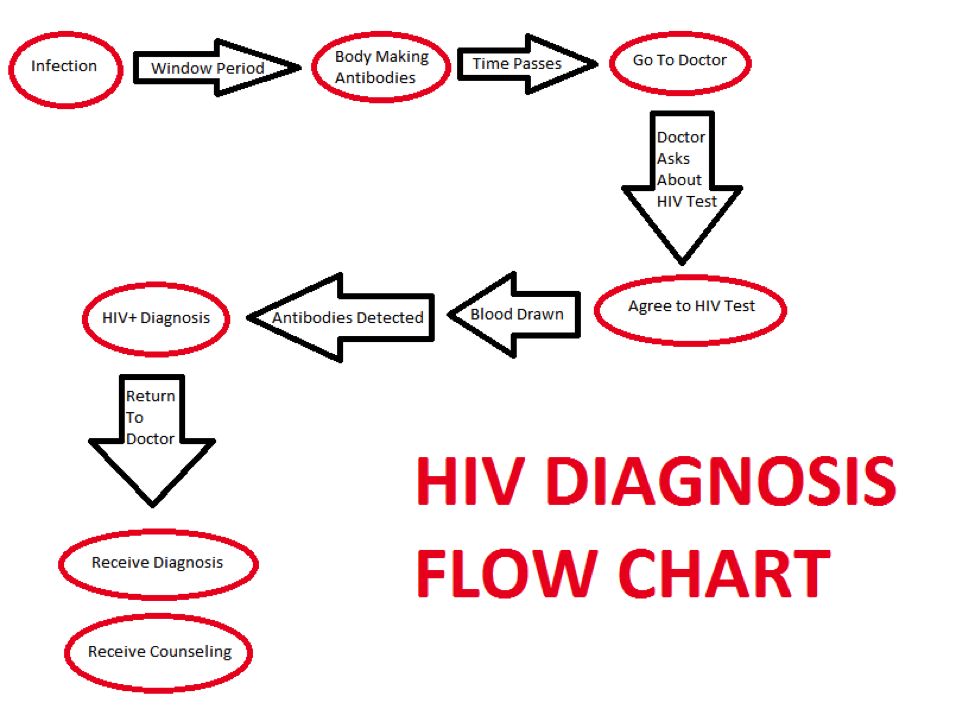Guest posting by Sanjana Puri
In Medical Media Arts class, my group was tasked with improving communication between physicians and families with children diagnosed with critical congenital heart disease. Through many conversations with individuals at the Texas Children’s CVICU, I’ve realized that health communication is difficult. Go figure. What can be even more difficult is attempting to change behavior through health communication.
The startling image above is one that has been effective at just that. It is one of many from The CDC’s “Tips from Former Smokers” campaign, which reduced the number of smokers in the U.S. by 100,000, with 1.6 million more smokers attempting to quit, according to a study published September 2013 in The Lancet.
In thinking about effective ways to engage both families and health professionals at the CVICU in new communication strategies, I thought about this campaign. While shocking, the image is a reminder of what works in health communication. Good health communication should be…
1. Compelling
What’s most striking to me is the old photograph of Terrie holding her young son, an emotional pull and reminder that smoking has harmful effects on loved ones as well. Whether through emotions or logic, health communication should have a pull that answers: “Why should I care about changing my current practices?”
2. Clear
The image has few words and nothing visually distracting from its message: smoking has very damaging health effects and can prematurely take you away from your loved ones. In the same way, health communication should have a clear, concise message that directs the audience towards taking action.
3. Visual
This particular image features Terrie Hall, one of the most well-known participants in CDC’s anti-smoking campaign and at one time, a pretty, young cheerleader. With a hole in Terrie’s throat and a contrast to her past, beautiful self, this image is rather startling. While health communication will likely not be quite as visually striking, it can still utilize effective nonverbal strategies through tone, hand gestures, and eye contact to get across a message.
4. Effective at invoking a call to action
The image has both explicit and implicit calls to action. The explicit call is that smokers should literally record their voices for families to listen to when they can no longer speak to them. The more powerful is the implicit call, advocating for all smokers to put down the cigarettes for their families while they still can. Correspondingly, health communication can invoke individuals to change their health behaviors through a final, convincing statement that implicates what steps the audience should take.
Health communication is difficult, but health professionals can have more impactful conversations by following the example of effective health campaigns. Learn from Terrie’s mistakes.
Use your voice since you still can.




